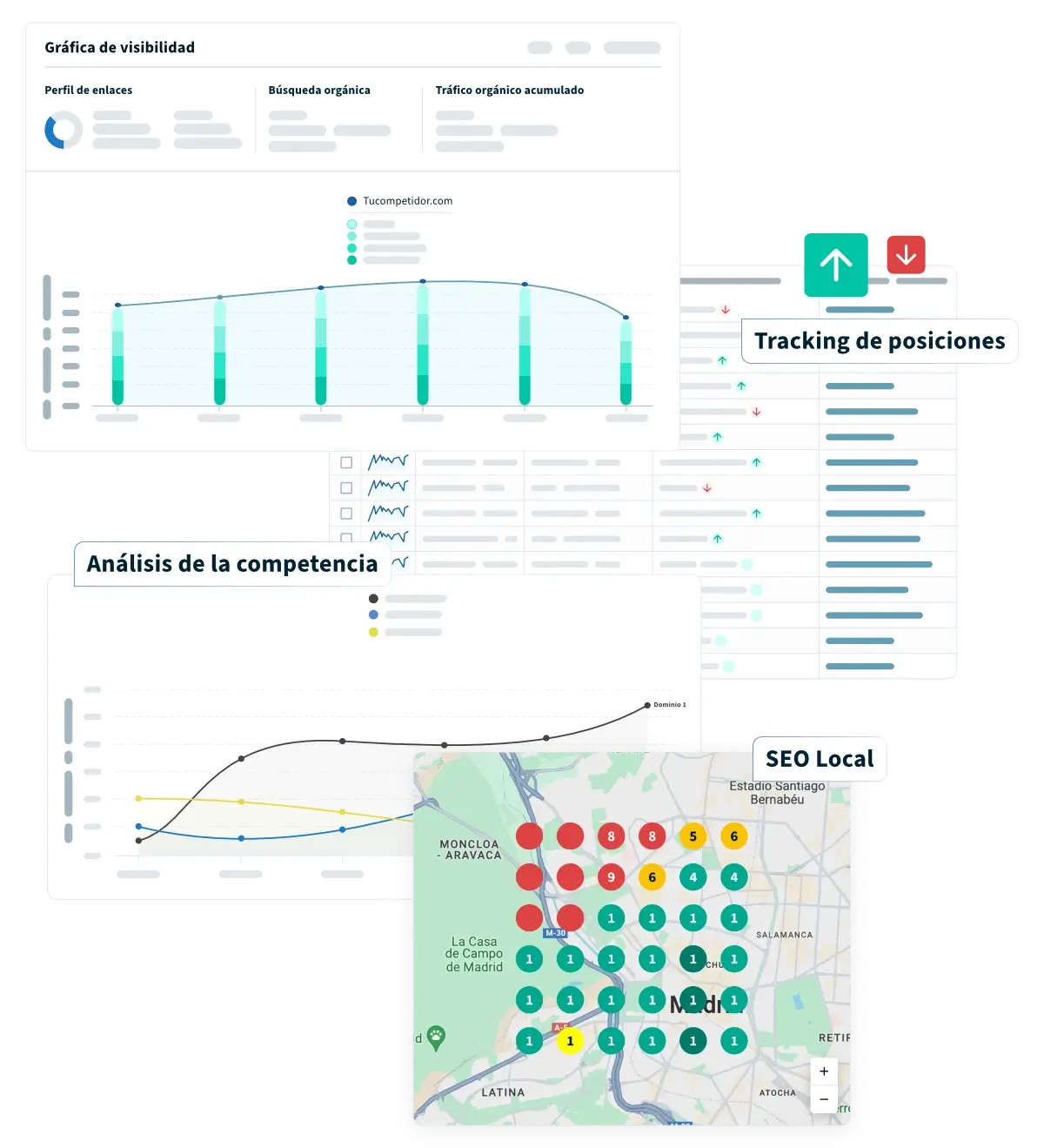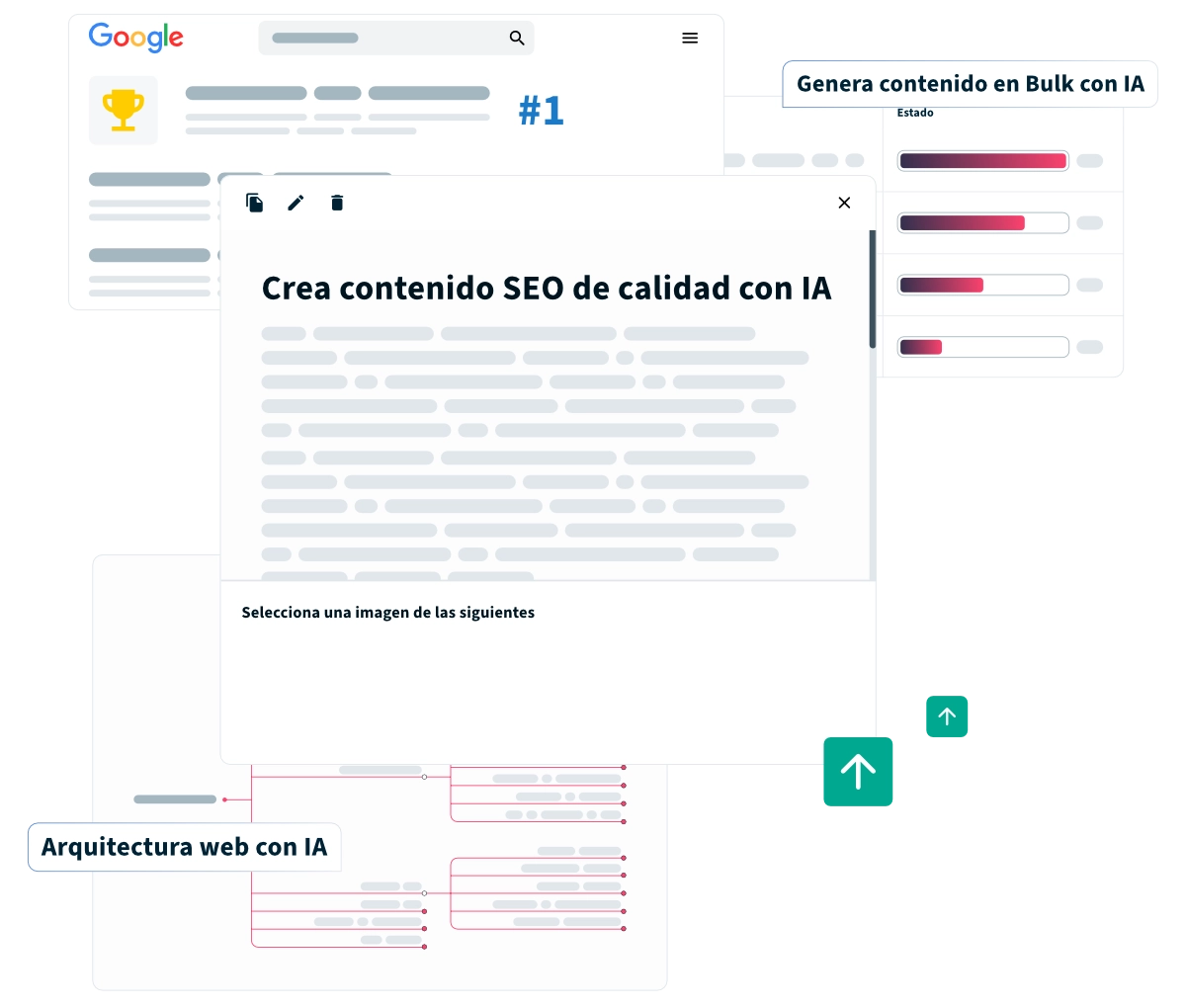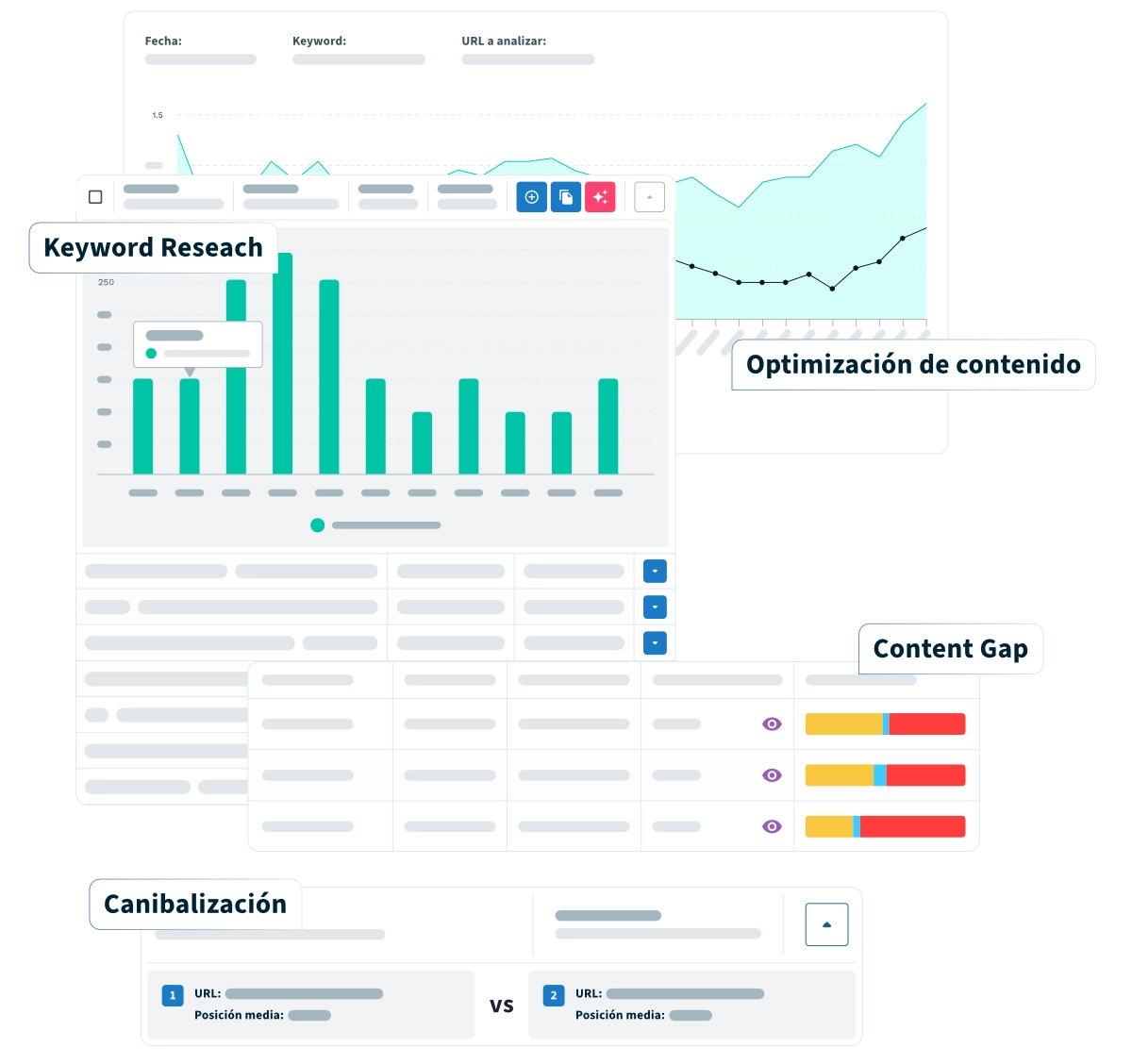Detect errors and opportunities for improvement and optimize the organic positioning of your web site.
DinoRANK gives you the complete roadmap in a single click
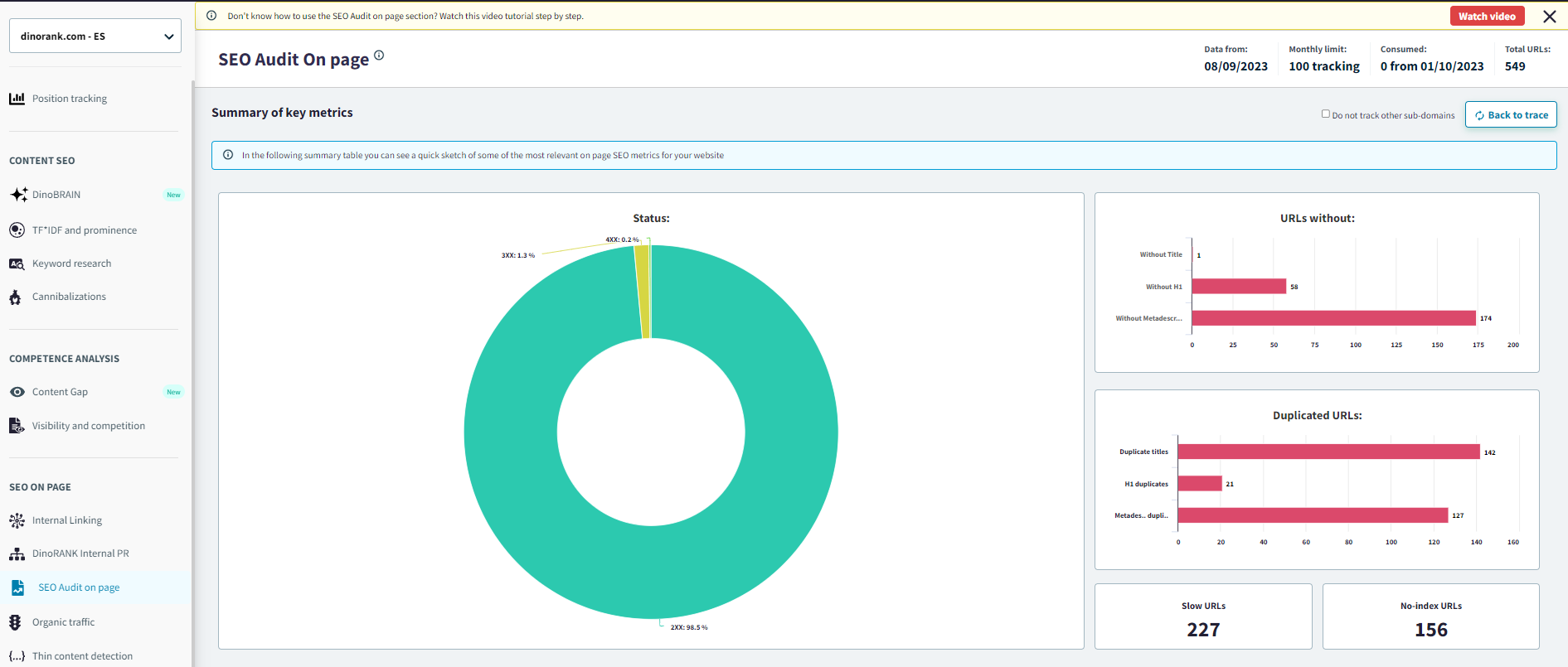
If you are an SEO consultant, you have a blog, an ecommerce or you are working your own niches and want to improve your income, you have to get your web project to attract organic traffic traffic and climb positions in Google results, to improve conversion. conversion.
You already know that.
But it is not enough to have a general or approximate idea of the problems that your digital project has.
If you want to work seriously and give your clients a professional service to improve their results, you can't trust on the data that free SEO tools give you and you can't mess with tools that are too big and complicated to interpret, because you will waste your time.
Time is money.
With DinoRANK's SEO on page audit you will have a list of the errors to correct in order to increase the traffic to your website, blog or ecommerce and save time
Here's what it offers you:

Status of redirections 2XX, 3XX, 4XX and 5XX.

H1, title and metadescription duplicated or empty.

Slow URLs, no index, no follow

Customized report download.
How SEO on page audit works
Let's see step by step how to do an SEO Audit with DinoRANK.
The starting point is to select the project you want to audit and click on
-
Summary chart with the main metrics.
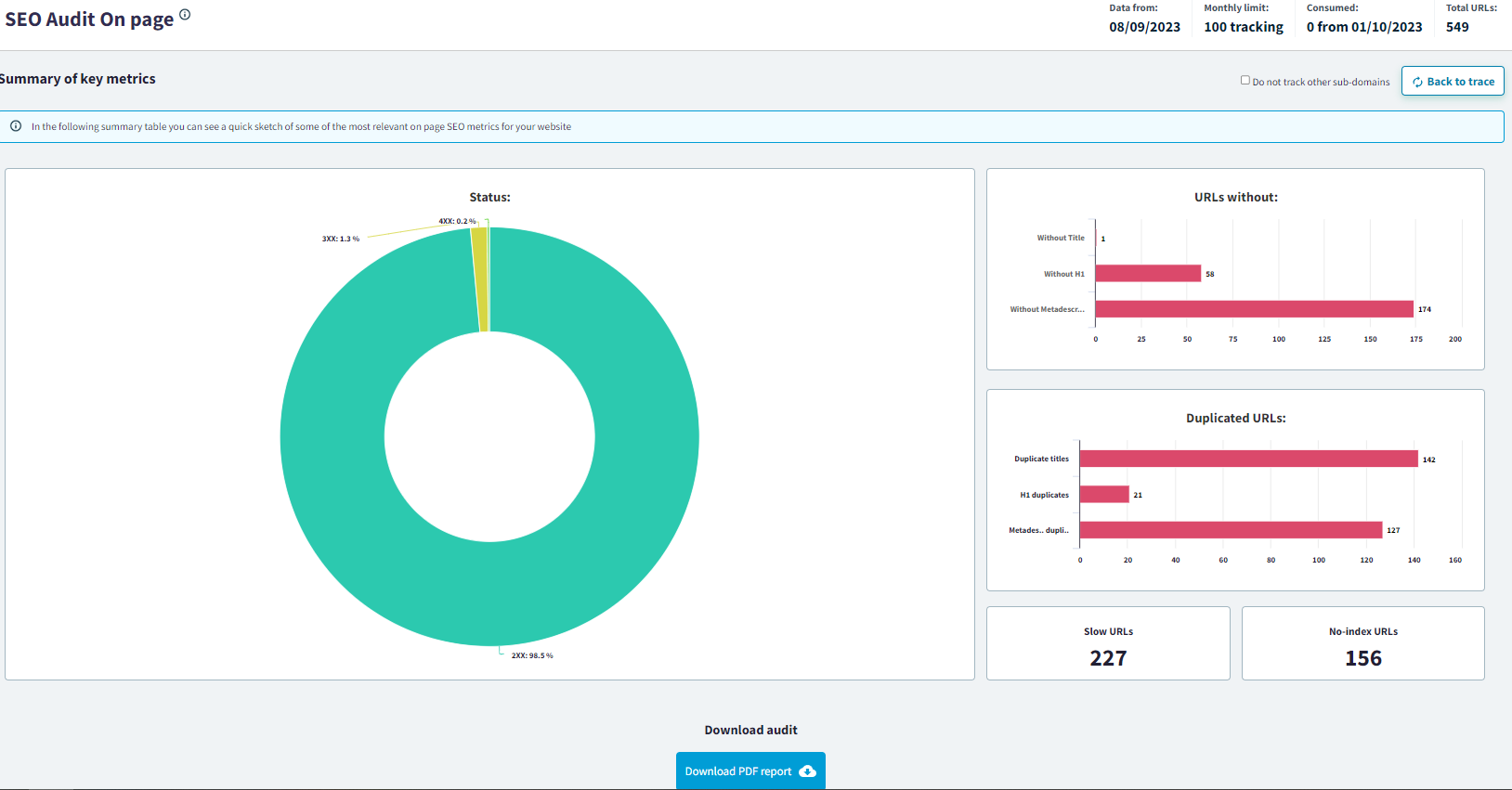
This graph gives you a very visual summary of everything you have to work on that website if you want to perform an effective SEO Audit: unindexed URLs, duplicate URLs and slow URLs.
-
SEO Audit Details.

-
Here you can see the status of all the URLs of your website.
-
Indicates if there are 200 errors (the status of the URL is correct), 3XX notifications (tell if there is a redirection of the URL it does not have to be negative but it's always best to check for is always to check that it is correct); 4XX which indicate that a page is not found and that can affect the positioning, and 5XX are server errors and you may have to contact your hosting provider.
-
Titles. These are the titles that appear in Google search results and are different from the H1. DinoRANK tells you if are duplicated or unfilled and all the URLs are displayed for you can check them.
-
H1. It is the main heading, the title of the content. It indicates if they are duplicated or without H1.
-
Metadescription. These are the texts that appear in Google search results. DinoRANK tells you which ones are duplicated or have no metadescription.
Information about meta robots. There are three options:
-
No index. They indicate to Google not to index that URL because it is not interested in appearing in the search results, for example, the pages of privacy policy, cookies, etc.
-
No follow. This tells search engines not to follow a link, e.g. if you do not want Google to follow a certain link, for example, if you do not want Google to follow a certain external link.
-
Nosnippet. The snippet which is the set of title and the metadescription. With this option you tell the search engines not to display the snippet of a URL in the search results.
-
Slow URLs. DinoRANK indicates all URLs that take more than 1 second to load. It affects the user experience and Google penalizes it.
-
Inlinks. It provides a list of all the URLs of your website along with the internal links pointing to each of them.
-
Protocol http vs https. DinoRANK checks if your website web page has a secure protocol or not.
-
Mirror URLs. They are the same URLS, only differing in that end in slash (/) or without it. Google interprets them as duplicate content and penalizes it.
After reviewing all the details of the SEO Audit, DinoRANK offers you the option to download a professional report in PDF so you can give it to your client with the problems that his website has and the solutions that you propose to each of them.
Save time and earn more money by doing fast and professional SEO on page audits fast and professional with DinoRANK

Improve your website's SEO strategy with an effective SEO Audit

Avoid duplicate content and optimize user search intent.






